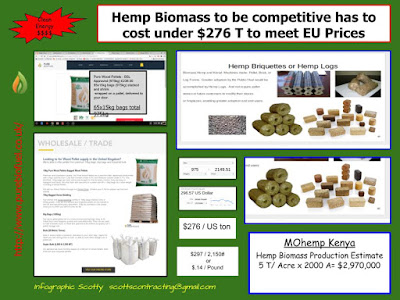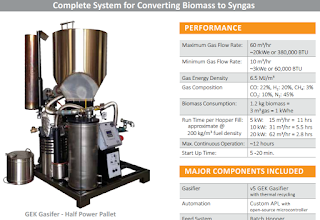Cannabis sativa: The Plant of the Thousand and One Molecules
Plant lignocellulosic biomass is an abundant renewable resource, which can provide biopolymers, fibers, chemicals and energy (Guerriero et al., 2014, 2015, 2016).
Trees are important for the provision of wood, however, also fast-growing herbaceous species, like textile
hemp (which has a THC content <0.3%; Weiblen et al., 2015), can provide high biomass quantities in a short time. The stem of this fiber crop supplies both cellulosic and woody fibers: the core is indeed lignified, while the cortex harbors long cellulose-rich fibers, known as bast fibers (Figure
1) (
Guerriero et al., 2013).
This heterogeneous cell wall composition makes hemp stem an interesting model to study secondary cell wall biosynthesis, in particular the molecular events underlying the deposition of cortical gelatinous bast fibers and core woody fibers.
Cannabis woody fibers (a.k.a “hurds” or “shivs”) are used for animal bedding because of their high absorption capacity and for the creation of a concrete-like material.
Hemp bast fibers are used in the biocomposite sector as a substitute of glass fibers. The automotive industry is particularly keen on using hemp bast fibers to produce bioplastics: this material is stronger than polypropylene plastic and lighter in weight (
Marsh, 2003).
Beyond the applications in the construction and automotive industries, hemp fibers are attractive also in the light of their natural antibacterial property. Hemp bast fibers have been indeed described as antibacterial (
Hao et al., 2014;
Khan et al., 2015) and their use for the manufacture of an antibacterial finishing agent (
Bao et al., 2014), surgical devices (
Gu, 2006) or functionalized textiles (
Cassano et al., 2013) has been reported. This property is linked to the chemical composition of hemp bast fibers: both free and esterified sterols and triterpenes have been identified, among which β-sitosterol and β-amyrin (
Gutiérrez and del Río, 2005). These compounds possess known antibacterial properties (
Kiprono et al., 2000;
Ibrahim, 2012). Hemp bast fibers were also found to contain cannabinoids (2% of the total metabolite extract) (
Bouloc et al., 2013 and references therein). More recently hemp hurd powder showed antibacterial properties against
Escherichia coli (
Khan et al., 2015). Since the hurd has a higher lignin content than the bast fibers, its antibacterial property may be linked to lignin-related compounds such phenolic compounds, as well as alkaloids and cannabinoids (
Appendino et al., 2008;
Khan et al., 2015).
- Environmental Research and Innovation, Luxembourg Institute of Science and Technology, Esch-sur-Alzette, Luxembourg











































